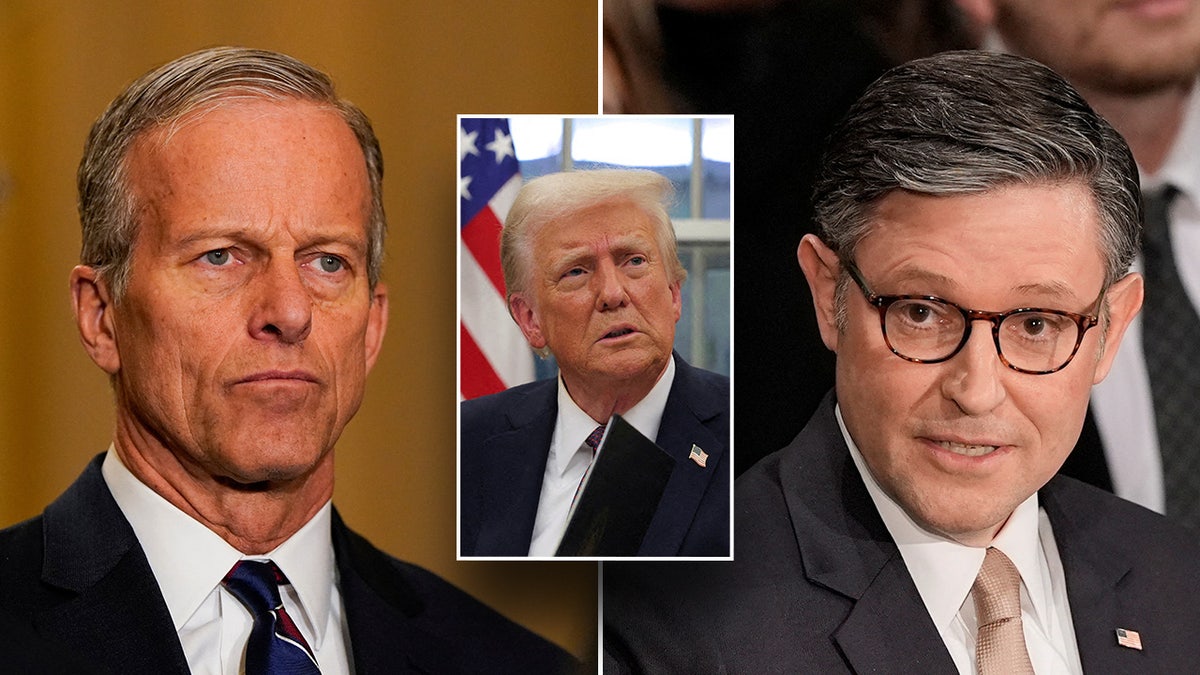
Budget Reconciliation: Navigating the Congressional Labyrinth
Introduction
The current fiscal discourse emanating from Capitol Hill revolves around budget reconciliation, a parliamentary tool employed by both parties to overcome Senate filibusters and pass legislation. This article provides an in-depth analysis of the intricacies of budget reconciliation, highlighting the challenges and opportunities it presents for Republicans seeking to enact President Trump’s agenda.
Background: The Need for Budget Reconciliation
In the Senate, legislation typically requires 60 votes to overcome a filibuster. However, budget reconciliation allows the passage of budget-related legislation with a simple majority (50 votes, plus the Vice President’s tiebreaker). This process circumvents the filibuster obstacle, giving parties a viable mechanism to advance their policy priorities.
House vs. Senate Approaches
House Republicans have proposed a comprehensive budget plan that encompasses tax cuts, mandatory spending reductions, and an increase in the debt limit. This plan aligns with the priorities of conservative members on the Budget Committee.
In contrast, Senate Republicans have opted for a slimmer package that focuses on border security, energy production, and funding for the Department of Homeland Security. This approach reflects their belief that these issues should be addressed before tax and spending cuts. The Senate’s plan does not include tax cuts.
The "One Bill, Two Bill" Debate
The differing approaches of the House and Senate have led to a debate over whether to pursue a "one bill" or "two bill" strategy. The House favors a single comprehensive bill, while the Senate prefers separate bills for border security and tax cuts.
This debate stems from the requirement that the House and Senate approve the same budget vehicle for reconciliation. If the House passes its one bill, the Senate must either adopt it or create its own separate bill that aligns with the House’s budget framework.
Challenges and Opportunities
Republicans face several challenges in navigating the budget reconciliation process. Firstly, they must ensure that their proposed legislation complies with Senate rules and does not add to the deficit over a ten-year period. Secondly, they must secure sufficient support within their own ranks to pass the budget framework and subsequent legislation.
While the process is complex, it also presents opportunities for Republicans to advance their agenda. By utilizing budget reconciliation, they can bypass potential Democratic obstruction and enact key provisions of the President’s plan.
House Concerns and Considerations
Some House Republicans have expressed concerns about the potential impact of the tax cuts on the deficit. Others are wary of supporting the plan if it fails to address the reduction of state and local taxes (SALT). Balancing these competing interests will be crucial for House leadership in building support for the bill.
Senate Progress and Trump’s Endorsement
Despite concerns raised by some House members, Senate Republicans have forged ahead with their plan. Majority Leader John Thune has maintained open communication with the White House regarding the Senate’s approach.
Notably, President Trump has publicly endorsed the House’s "one big beautiful bill." This endorsement could potentially influence skeptical House Republicans to support the House package.
Uncertainties and Next Steps
Despite the progress made in the Senate, uncertainties remain. It is unclear whether the House can pass its own budget plan or whether the House and Senate can agree on a single framework. Additionally, the President’s decision to weigh in on the debate could further complicate the process.
The budget reconciliation process is a complex and politically charged undertaking. Republicans face significant challenges in navigating this intricate parliamentary maze, but they also have the potential to advance their agenda through this powerful tool. As the process unfolds, it will be essential to track the evolving positions of key stakeholders and the maneuvering of both parties to shape the outcome.
